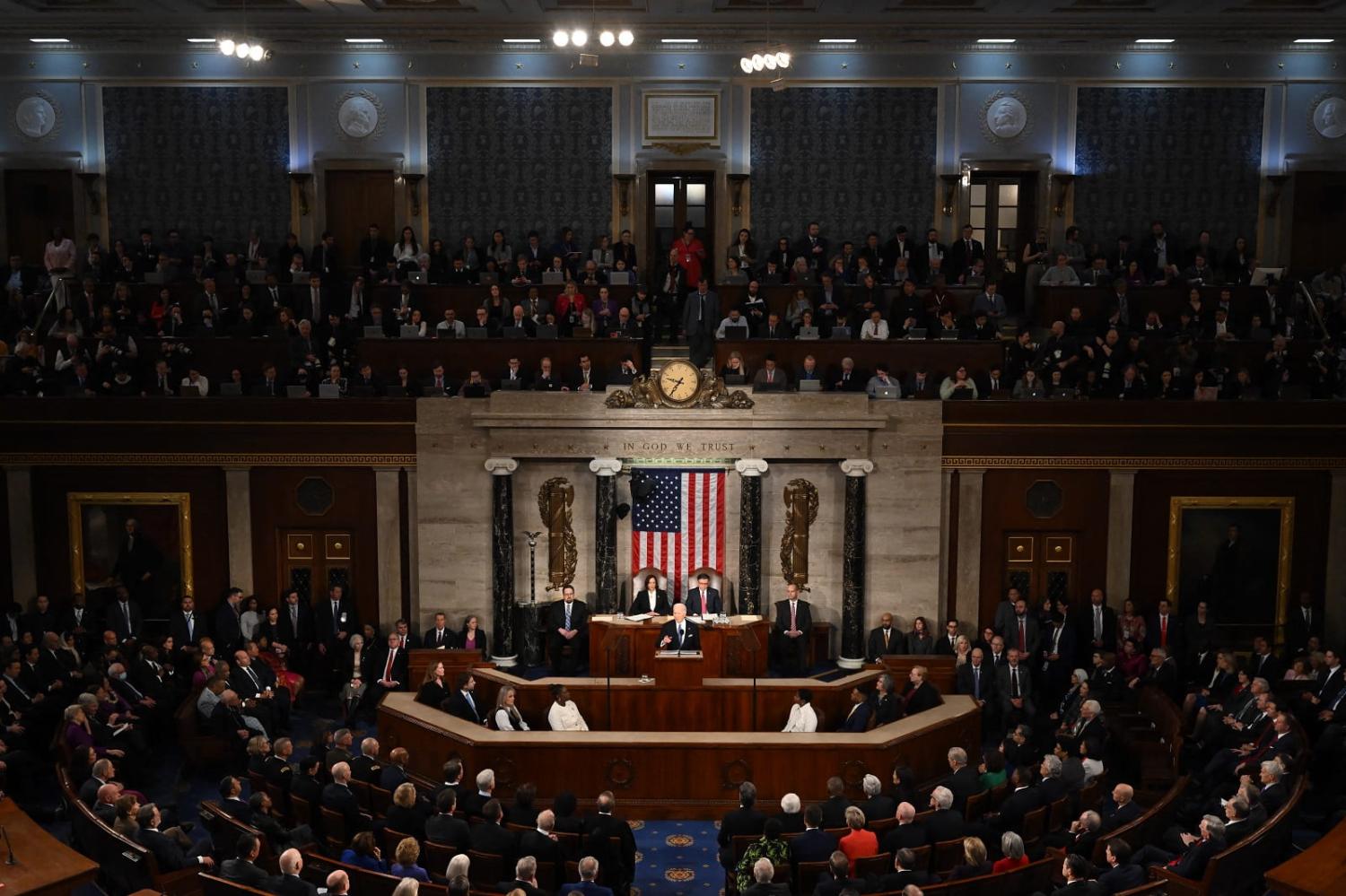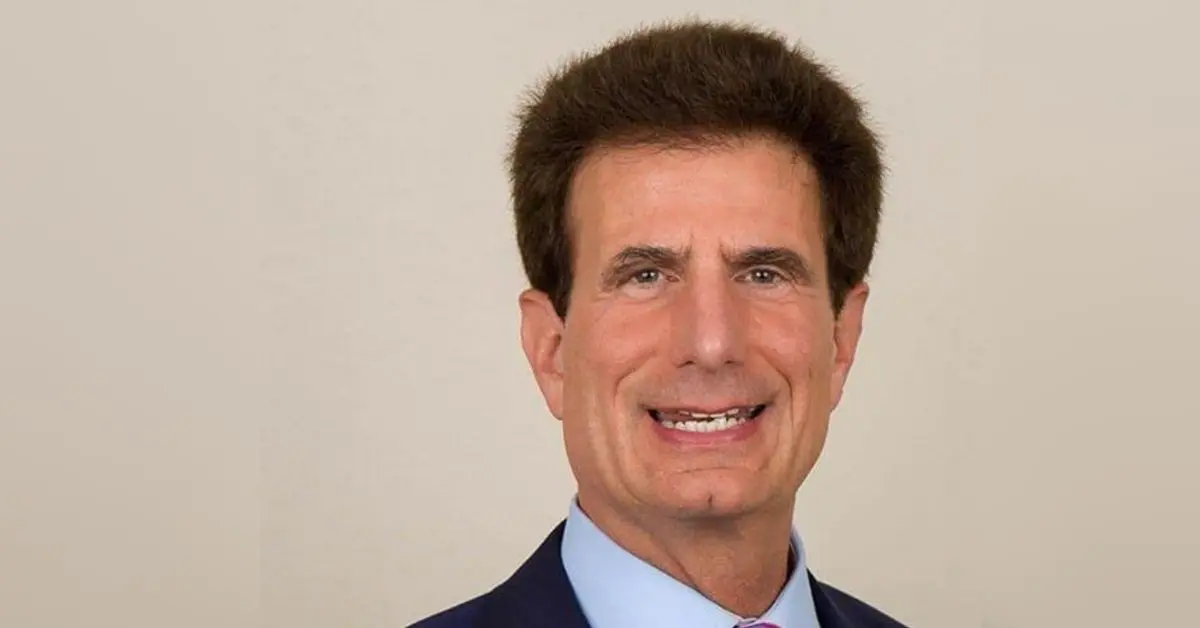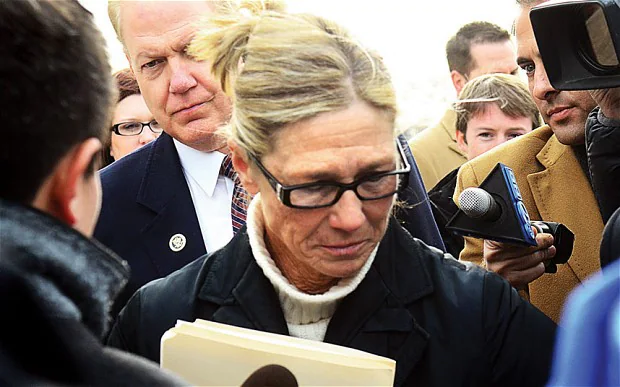Many Americans have questioned why are there no term limits for Congress, and previous attempts to introduce them failed.
The United States Congress, composed of the House of Representatives and the Senate, plays a central role in the federal government. Despite the high stakes of legislative decision-making, members of Congress are not subject to term limits. Representatives and senators can seek re-election indefinitely, as long as they continue to win the support of their constituents. This lack of formal restrictions has long been a topic of debate, raising questions about accountability, experience, and political power.
Constitutional Foundations
The absence of term limits for Congress is rooted in the U.S. Constitution. Article I of the Constitution establishes the structure of the legislative branch and sets eligibility requirements for members of the House and Senate, but it does not impose limits on the number of terms an individual may serve.
The Founding Fathers intentionally avoided term limits, believing that regular elections themselves provided sufficient accountability. Representatives serve two-year terms, while senators serve six-year terms, allowing voters to decide whether incumbents continue to hold office. The framers argued that the electorate, rather than arbitrary restrictions, should determine the tenure of elected officials.
This constitutional framework contrasts with the executive branch, where the 22nd Amendment, ratified in 1951, limits the President to two terms. Congress, however, was left to self-regulate through elections rather than fixed term caps.
Arguments Against Term Limits
Several practical and philosophical reasons have been offered for the lack of term limits. One primary argument is that experience and institutional knowledge are critical in navigating complex legislative processes. Congress deals with intricate issues such as budgetary allocations, foreign policy, and regulatory frameworks. Experienced legislators often have deeper understanding of parliamentary procedures, committee work, and the negotiation skills required to pass effective legislation.
Opponents of term limits also contend that imposing such restrictions could inadvertently empower unelected officials and lobbyists. Fresh legislators, lacking institutional knowledge, might rely more heavily on staff, bureaucrats, and interest groups, potentially reducing accountability and increasing the influence of non-elected actors in government.
Additionally, term limits could disrupt the continuity of representation. Constituents who value their elected officials may lose the opportunity to retain effective advocates simply because of arbitrary time constraints. Critics argue that elections already function as a natural check, allowing voters to remove underperforming or unpopular members.
Attempts to Introduce Term Limits
Throughout U.S. history, there have been numerous efforts to impose term limits on Congress. In the 1990s, the movement gained traction with the promise of reducing political careerism and encouraging fresh perspectives. Many state-level initiatives proposed constitutional amendments, and several states even attempted to enforce limits on their federal representatives.
However, these efforts largely failed due to legal and constitutional challenges. In 1995, the Supreme Court ruled in U.S. Term Limits, Inc. v. Thornton that states cannot impose qualifications for congressional service stricter than those outlined in the Constitution. This landmark decision effectively blocked states from unilaterally enforcing term limits on federal legislators, reaffirming that only a constitutional amendment could achieve this change nationally.
Since then, proposals for term limits have continued to surface in Congress and among advocacy groups, but none have succeeded in amending the Constitution. Some lawmakers voluntarily pledge to serve a limited number of terms, but these self-imposed limits are not legally binding and often vary in implementation.
Political and Cultural Considerations
The absence of term limits also reflects broader cultural and political considerations. Incumbency offers significant advantages in elections, including name recognition, fundraising networks, and constituent services. As a result, many members of Congress enjoy long tenures, reinforcing the norm of unlimited re-election.
Political parties have also played a role. Experienced legislators often hold leadership positions that shape the party agenda, committee assignments, and policy priorities. Limiting terms could disrupt party structures and diminish institutional influence, making term limits politically unpalatable for both major parties.
Moreover, voters frequently support incumbents who demonstrate effectiveness and responsiveness to local concerns. This reinforces the principle that the electorate, rather than imposed restrictions, should determine legislative tenure.
Why Are There No Term Limits for Congress?
There are no term limits for Congress primarily because the U.S. Constitution does not impose them. The framers designed a system in which regular elections provide accountability, allowing voters to decide whether representatives and senators continue to serve.
Arguments against term limits emphasize the value of experience, institutional knowledge, and continuity in governance, while highlighting potential risks of empowering unelected actors or weakening legislative effectiveness. Legal challenges, particularly the Supreme Court’s decision in U.S. Term Limits, Inc. v. Thornton, have confirmed that states cannot enforce term limits unilaterally, making a constitutional amendment the only viable path for nationwide reform.
While debates about term limits continue, the current system relies on elections as the primary mechanism for accountability. Voters ultimately retain the power to decide who represents them, making Congress a body that, in theory, balances experience, responsiveness, and democratic choice.
This framework has produced long-serving legislators who combine expertise with political influence, while also allowing for turnover when constituents demand change. The discussion over term limits remains a reflection of broader tensions between democratic choice, institutional stability, and the desire for political renewal.




